Earth
Sign up for our newsletter
We summarize the week's scientific breakthroughs every Thursday.
-
 Science & Society
Science & Society‘GMOs’ isn’t a four-letter word, but it is hard to define
The definition of what constitutes a genetically modified organism is a challenge to those tasked with developing standards for labeling foods that contain GMOs.
-
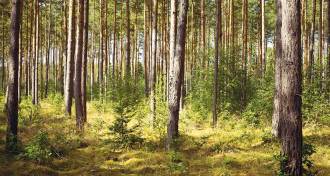 Climate
ClimateForest management not so hot at fighting warming
Forest management practices in Europe have slightly worsened climate change, new research shows.
-
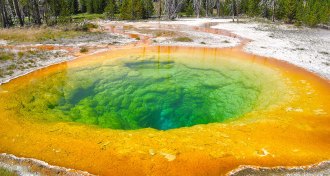 Earth
EarthAncient tectonic plate blocks magma plume at Yellowstone, simulation shows
A rising plume of hot rock from Earth’s mantle may not be responsible for the Yellowstone supervolcano, new research suggests.
-
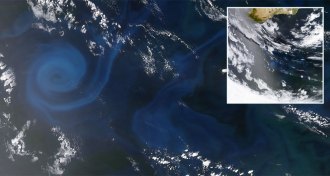 Climate
ClimatePhytoplankton rapidly disappearing from the Indian Ocean
Phytoplankton populations in the Indian Ocean fell 30 percent over the last 16 years largely due to global warming, new research suggests.
-
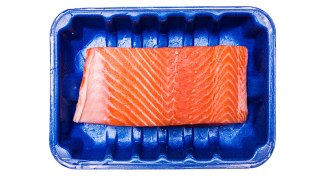 Genetics
GeneticsGMOs haven’t delivered on their promises — or risks
Genetically modified foods have been studied extensively and are abundant on supermarket shelves, but they haven’t managed to end world hunger yet.
-
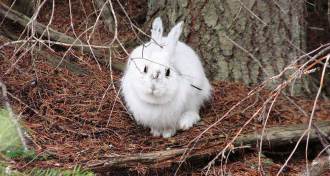 Animals
AnimalsClimate change may be deadly for snowshoe hares
The mismatch between coat color and the landscape can be deadly for a snowshoe hare.
-
 Environment
EnvironmentConverted milk proteins clean pollution, strike gold
A new membrane uses sticky amyloid proteins to trap contaminants in water.
-
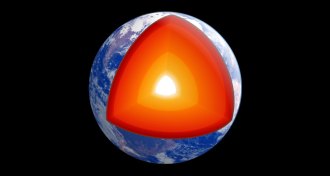 Earth
EarthEarth’s inner secrets divulged in ‘Into the Heart of Our World’
A scientific journey to the center of the Earth includes just as much excitement and mystery as Jules Verne’s classic novel, a new book demonstrates.
-
 Agriculture
AgricultureJust adding pollinators could boost small-farm yields
Adding pollinators could start closing gap in yields for small farms.
By Susan Milius -
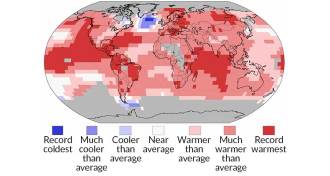 Climate
Climate2015 smashed heat records
Spurred by global warming and a “super El Niño,” 2015 now ranks as the warmest year since record-keeping began in 1880.
-
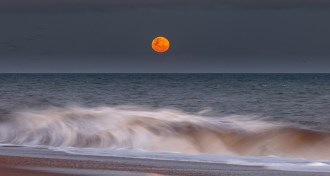 Climate
ClimateAtmospheric tides alter rainfall rate
Atmospheric tides caused by the moon’s gravitational pull ever-so-slightly alter rainfall rates on Earth by producing rises and falls in atmospheric pressure.
-
 Animals
AnimalsWhales are full of toxic chemicals
For decades, scientists have been finding troublesome levels of PCBs, mercury and other toxic chemicals in whales and dolphins.